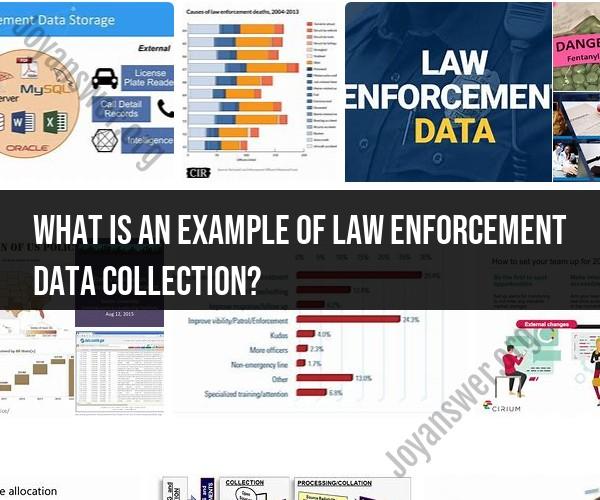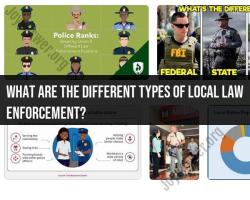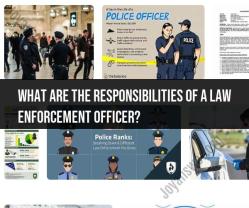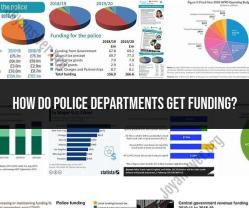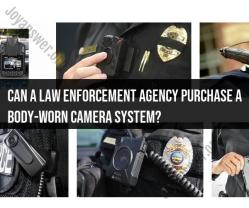What is an example of law enforcement data collection?
A real-life example of law enforcement data collection is the use of body-worn cameras by police officers. Body-worn cameras are small cameras that officers wear on their uniforms to record audio and video interactions with the public while performing their duties. These cameras have become increasingly common in law enforcement agencies as a means of enhancing transparency, accountability, and evidence collection.
Here's how the data collection process works in this scenario:
Recording Interaction: When a police officer is responding to a call, conducting a traffic stop, making an arrest, or engaging with the public in any official capacity, they can activate their body-worn camera to start recording. The camera captures both audio and video footage of the interaction.
Data Storage: The recorded audio and video data are stored securely on the device. Some cameras are equipped with features to ensure data integrity, such as encryption and time-stamping.
Data Management: At the end of their shift or when needed, officers transfer the recorded data from their body-worn cameras to a centralized data management system. This system is usually maintained by the law enforcement agency and is designed to securely store and manage the collected data.
Data Review and Analysis: Supervisors, internal affairs units, and investigators within the law enforcement agency can review the recorded footage for a variety of purposes. This includes reviewing officer behavior, assessing the appropriateness of actions taken, conducting investigations into complaints or incidents, and using the footage as evidence in legal proceedings.
Transparency and Accountability: Body-worn camera footage provides a visual and auditory record of interactions between officers and the public. This enhances transparency by allowing civilians, legal experts, and oversight bodies to independently assess the conduct of officers and the circumstances of incidents.
Privacy Considerations: While body-worn cameras serve important purposes, they also raise privacy concerns. Balancing the need for transparency with protecting the privacy of individuals recorded in the footage is an ongoing challenge for law enforcement agencies. Many agencies have guidelines in place to address privacy concerns, such as when to activate the cameras and how to handle sensitive or private situations.
Legal and Evidentiary Use: Recorded footage can be used as evidence in court proceedings to provide an unbiased account of events. It can also serve as a valuable tool for training new officers and improving law enforcement practices.
It's worth noting that the implementation and policies surrounding body-worn cameras can vary widely among different law enforcement agencies and jurisdictions. The use of this technology reflects broader discussions about accountability, transparency, and the balance between law enforcement's duties and individuals' rights.
